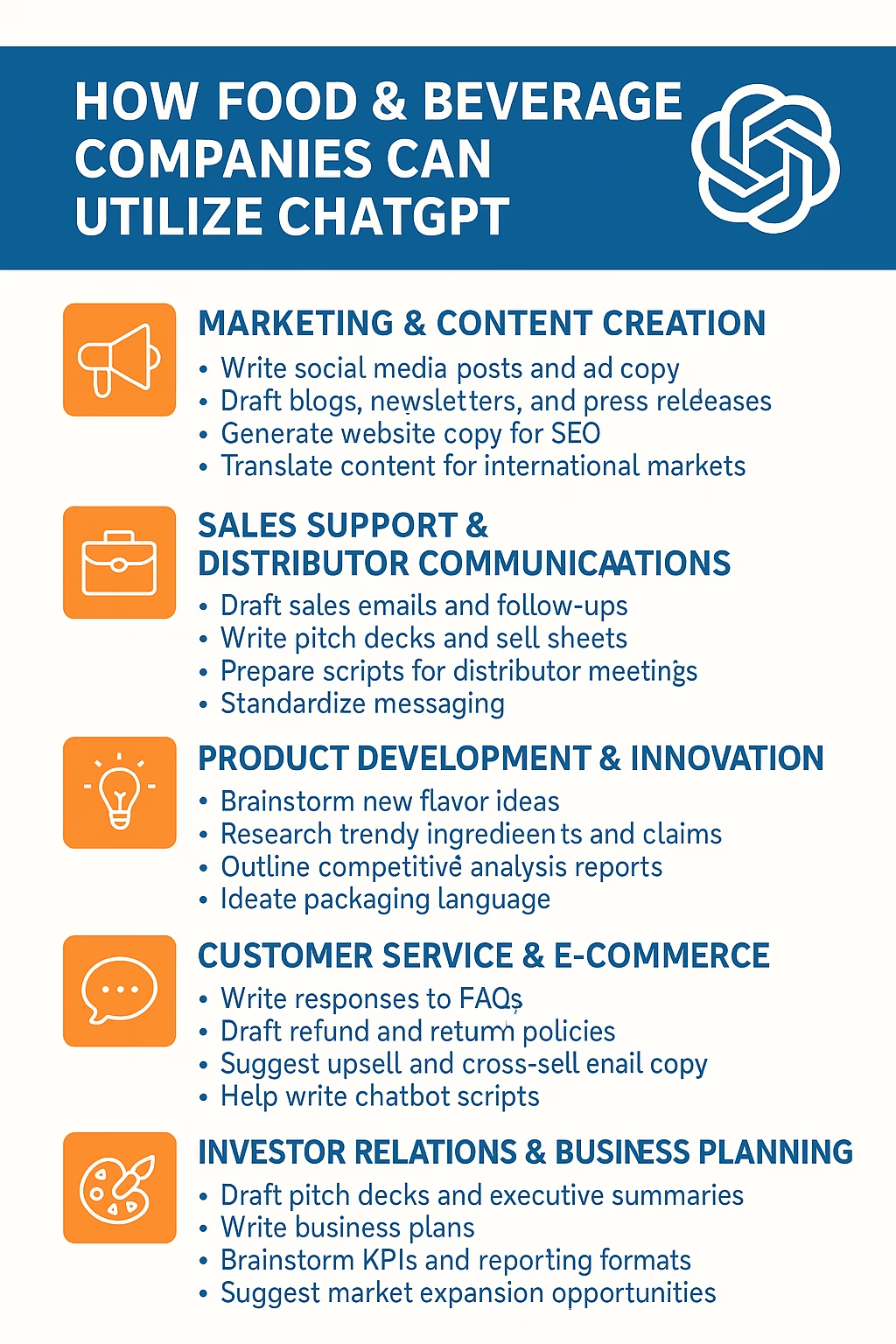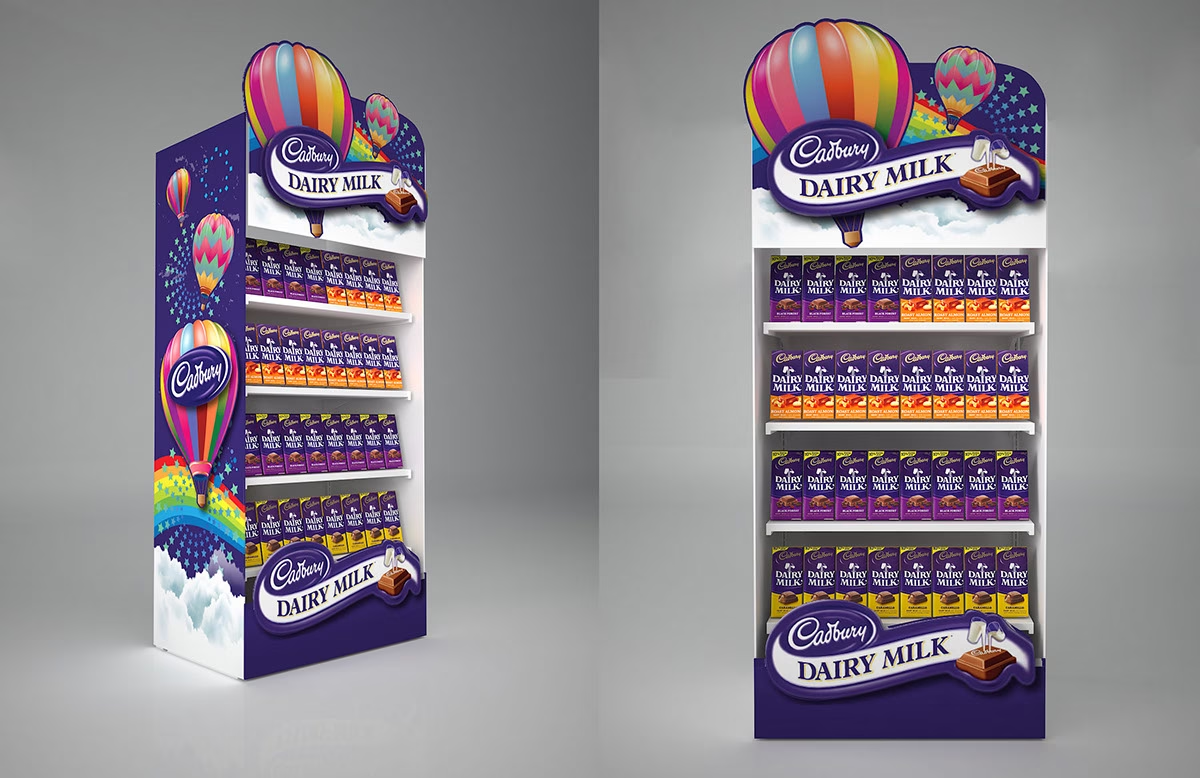Introduction: What Is a Burning Platform? Most businesses don’t change because they want to. They change because they have to.…
Disruption Through Flavor and Texture: The Next Frontier
As consumer preferences evolve, the food and beverage industry is witnessing a renewed focus on flavor and texture innovation. These two elements are redefining product categories, offering consumers unique experiences and creating opportunities for brands to stand out.
Bold Flavors Cater to Adventurous Palates
Today’s consumers are seeking more adventurous and complex flavors. Sour and spicy combinations are capturing attention, with products blending these profiles to deliver layered taste experiences. Umami, once confined to niche markets, is now finding broader acceptance as a key flavor component, driven by the reappraisal of MSG and other savory enhancers.
New sources of salinity, such as those found in the rise of dirty martinis and salty-sweet flavor combinations, are enhancing familiar products in unexpected ways. These innovations reflect the modern consumer’s desire for depth and novelty in their taste experiences.
The Role of Texture in Innovation
Texture has become a powerful tool for shaking up traditional categories. Products like chili crisp, with its crunchy texture, have transformed the condiments aisle, while innovations such as gummy clusters combine nostalgia with novelty in the candy market.
Looking ahead, categories like jerky could see disruptions with chip-like, crispy alternatives replacing traditional chewy formats. Similarly, snacks featuring contrasting textures, such as creamy fillings paired with crunchy exteriors, are set to capture consumer interest.
Viral Trends and TikTok Influence
Social media platforms, particularly TikTok, are playing a significant role in driving flavor and texture trends. Viral recipes like tanghulu (candied fruit), rice paper croissants, and pasta chips are pushing boundaries and inspiring product innovation. These trends highlight the growing influence of online platforms in shaping consumer preferences.
Opportunities for Brands
Brands have an opportunity to capitalize on these trends by embracing bold flavor profiles and innovative textures. Products that cater to adventurous palates and offer novel sensory experiences can differentiate themselves in crowded markets. Additionally, leveraging social media to showcase unique product attributes can amplify reach and engagement.
Flavor and texture are no longer secondary considerations—they are essential elements of product differentiation and consumer engagement. By staying ahead of these trends, brands can create memorable experiences that resonate with modern consumers. As innovation continues to drive the food and beverage industry, the potential for disruption through flavor and texture remains vast.







